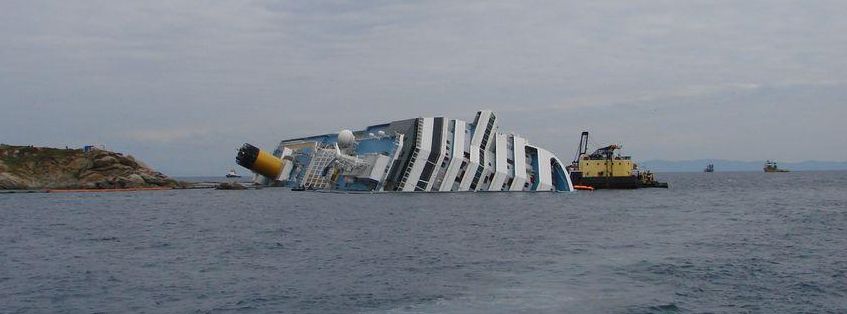Authors:
Historic Era: Era 10: Contemporary United States (1968 to the present)
Historic Theme:
Subject:
Summer 2022 | Volume 67, Issue 3


Authors:
Historic Era: Era 10: Contemporary United States (1968 to the present)
Historic Theme:
Subject:
Summer 2022 | Volume 67, Issue 3

Perhaps we shouldn’t have been surprised in January 2012 when the captain of the Costa Concordia abandoned his ship as it sank in frigid waters off the coast of Italy while 300 passengers and crew remained aboard. Of them, 32 died, many unnecessarily; they remained in their cabins due to poor communication. The captain was sentenced to 16 years in prison.
Swedish researchers recently confirmed that, in most maritime disasters it’s “every man for himself.” Their study published in the Proceedings of the National Academy of Sciences, looked at maritime disasters from 1852 to 2011, with data on 15,000 passengers and crew of more than 30 nationalities. They found that captains and crew nearly always look out for their own safety first. Men on board typically have twice the survival rate of women. Children fare the worst.

The drama of the Titanic early in the morning of April 15, 1912 was a famous exception. As the ill-fated ship began to sink into the icy black water of the North Atlantic, Captain Edward J. Smith ordered women and children first into the lifeboats, knowing there were only enough spaces for half the people on the ship.
While some lucky (or resourceful) men later were able to climb onto overturned lifeboats or floating wreckage, most died quickly in the 28-degree Arctic water. Only twenty percent of the men were saved that night, while 70 percent of the women and children survived.
The day before, Titanic had received seven wireless warnings about the ice ahead, but kept to a strict schedule, the “unsinkable” ship plowing ahead full-speed at 22 nautical miles per hour. Officers warned Frederick Fleet, the lookout in the crow’s nest, to keep an eye out for icebergs, but he wasn’t given a pair of binoculars. By the time he saw the danger ahead, it was too late to steer the massive ship from its tragic destiny.
Before he joined Titanic on the maiden voyage, Thomas Andrews, the naval architect who had